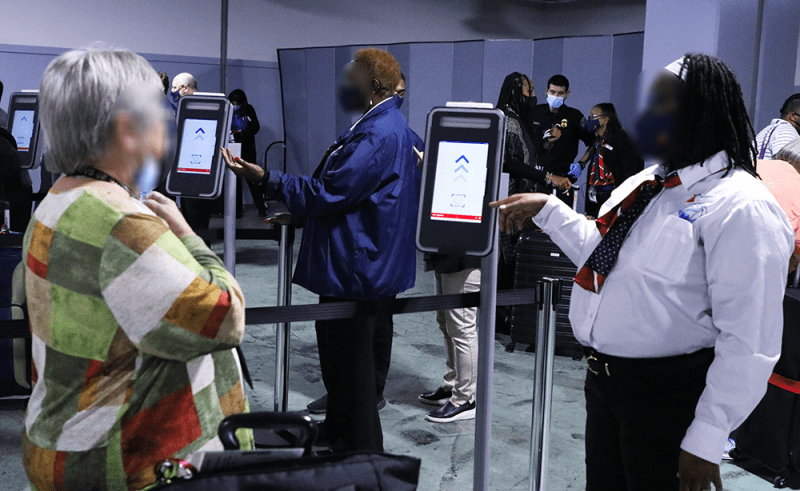The United States Customs and Border Protection (CBP) biometrically processed more than 48 million travelers in fiscal year 2021.
The process was done using facial matching biometric technology at check-in, check-out and pre-clearance locations with a match rate of over 97 percent.
To ensure higher accuracy rates and efficient processing of travelers, CBP matches travelers’ photos against a very small gallery of high-quality images those travelers have already provided to the United States government, such as passport photos and visas.
CBP uses a facial matching algorithm, which shows virtually no measurable performance differential in results based on demographic factors.
In addition, CBP continually evaluates the performance of this algorithm and is partnering with the National Institute of Standards and Technology (NIST) to further improve biometric facial comparison technology.
In other words, CBP recognized the health and safety benefits of a contactless biometric identification service and, in fiscal year 2021, accelerated its simplified arrival implementation to ensure maximum utilization.
Simplified Arrival is an enhanced international arrival process that quickly and reliably verifies a traveler’s biometric identity and retrieves traveler records from CBP systems using the traveler’s face.
This eliminates time-consuming steps for most travelers, such as document scanning and fingerprint recaptures, resulting in a more efficient inspection process.
CBP
This efficient inspection process allows for shorter connection times and standardized arrival procedures, as well as reduced risk of pathogen transmission.
To date, CBP has implemented simplified arrival at 199 airports, including 14 preclearance locations.
According to the US government, CBP’s biometric facial comparison technology can have a direct and positive impact on the travel industry’s ability to restore consumer confidence that travel is safe.
Using biometric technology, air and sea partners can replace check-in, security and boarding processes that involve long lines, intense personal interaction and the handling of travel documents.
In fiscal year 2021, CBP and its partners operated biometric exit technical solutions at 32 airports.
In addition to optimizing travel and restoring consumer confidence, the use of facial biometrics protects the identity of travelers and adds another layer of security.
Biometrics have proven to be an effective tool in combating the use of stolen and fraudulently presented identity and travel documents.
Since the program’s inception in 2018, CBP officers at U.S. airports have successfully intercepted 46 impostors who were denied entry into the United States and identified 916 impostors upon arrival in the ground-based pedestrian environment.
Additionally, since June 2017, CBP has biometrically confirmed more than 100,000 demurrage cases.
![]()

